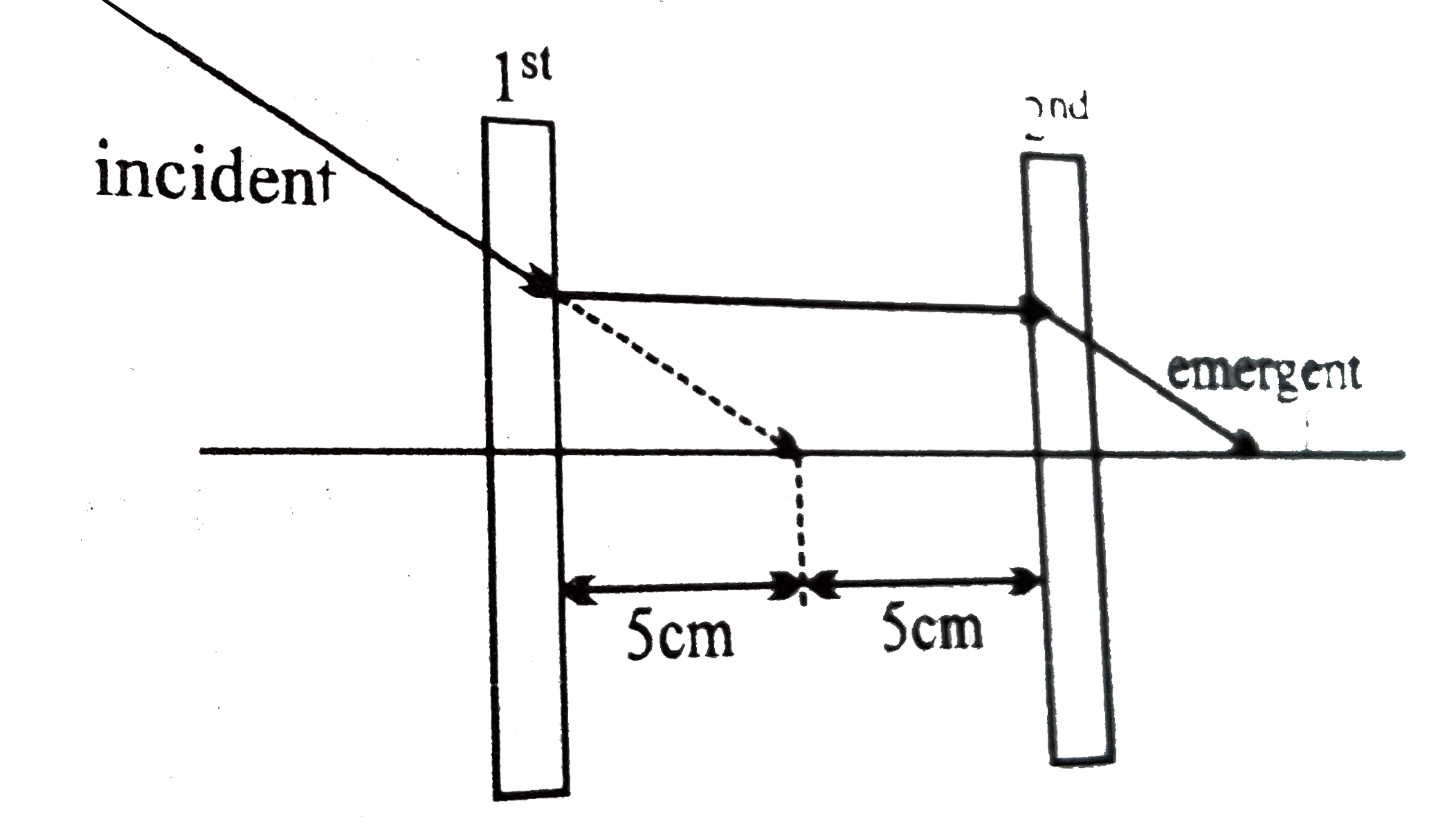Name the part of a lens through which a ray of light passes without suffering any deviation.
To answer the question: "Name the part of a lens through which a ray of light passes without suffering any deviation," we can follow these steps:
1. Understanding the Lens: A lens is a transparent optical device that refracts light rays to converge or diverge them. It has two main types: convex (converging) lenses and concave (diverging) lenses.
2. Identifying the Parts of a Lens: A lens has several important parts, including:
- The Optical Center: The central point of the lens.
- The Principal Axis: The line that passes through the optical center and is perpendicular to the lens surfaces.
- The Focus: The point where parallel rays of light either converge (in a convex lens) or appear to diverge from (in a concave lens).
- The Curvature: The curved surfaces of the lens.
3. Ray of Light Passing Through the Lens: When a ray of light passes through the lens, it can either bend (refract) or pass straight through. The ray that passes through the optical center does not bend.
4. Conclusion: The part of the lens through which a ray of light passes without suffering any deviation is called the Optical Center of the lens.
Final Answer:
The part of a lens through which a ray of light passes without suffering any deviation is the Optical Center.
- The Optical Center: The central point of the lens.
- The Principal Axis: The line that passes through the optical center and is perpendicular to the lens surfaces.
- The Focus: The point where parallel rays of light either converge (in a convex lens) or appear to diverge from (in a concave lens).
- The Curvature: The curved surfaces of the lens.
The part of a lens through which a ray of light passes without suffering any deviation is the Optical Center.
Topper's Solved these Questions
- SAMPLE QUESTION PAPER 2020-21 (SCIENCE)Book:CBSE MODEL PAPERChapter:SAMPLE QUESTION PAPER 2020-21 (SCIENCE)Exercise:SECTION B
Explore 9 Videos
- SAMPLE QUESTION PAPER 2020-21 (SCIENCE)Book:CBSE MODEL PAPERChapter:SAMPLE QUESTION PAPER 2020-21 (SCIENCE)Exercise:SECTION C
Explore 7 Videos
- SAMPLE PAPER 2023 TERM IBook:CBSE MODEL PAPERChapter:SAMPLE PAPER 2023 TERM IExercise:SECTION-E
Explore 3 Videos
Similar Questions
Knowledge Check
Name the part of a lens through which a ray of light passes without suffering any deviation.
Aoptical centreBfocusCcentre of curvatureDpoleWhen a ray of light passes through glass slab, refraction of light occurs___
Athe deviation of red light is maximum.Bthe deviation of violet light is maximum.Cthe deviation of blue light is maximum.Dall rays deviate equally.When a ray of light passes through a prism,
Athe deviation of red light is maximum.Bthe deviation of violet light is maximum.Cthe deviation of blue light is maximum.Dall rays deviate equally.
____________ of a lens is a point situated on its principal axis, a ray of light passing through which goes straight without any deviation.
View SolutionGive the usual name for the following:
A point inside a lens through which the light passes undeviated.
View SolutionName two parts of the eye which refract light rays (or bend light rays).
View SolutionLook at the ray diagram shown ,what will be th focal length of th e1stand the 2ndlens,if the incident light ray passes without any deviation?

View SolutionIn the position of minmum deviation when a ray of yellow light passes through the prism, then its angle of incidence is
View Solution

